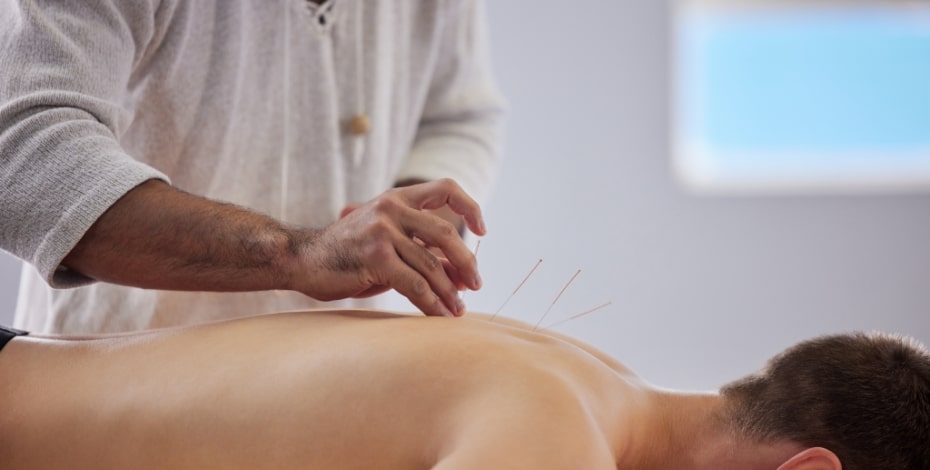
Acupuncture for the whole person

Integrative acupuncture helps address the complexity of patient conditions, explains one of the presenters of this course, Paula Raymond-Yacoub.
Who would benefit most from attending ‘Integrative Acupuncture Level 1’?
This course is suitable for all physiotherapists.
However, I would recommend that new graduates wait a year or two after graduation before taking this extensive training on.
Tell us a bit about the course. What skills and knowledge can participants expect to take away with them to use in everyday practice?
Integrative acupuncture helps physiotherapists to understand the complexities of patients’ conditions.
It provides new diagnostic tools to ascertain what’s amiss in the ‘system’ and practical skills and strategies, including refined and gentle needling techniques, that can be employed to modulate pain and restore balance in the fascial system.
Tissue changes from acupuncture reduce the physical labour of intensive manual therapy.
Participants will learn to address systemic drivers such as autonomic nervous system dysregulation alongside the management of diverse musculoskeletal disorders.
What kinds of systemic benefits does integrative acupuncture offer?
Patients do not present solely with physical symptoms such as pain and movement dysfunction.
They frequently have added complications: poor sleep, poor digestion, anxiety and/or depression, compromised immune systems, stress at work or within the family and trauma.
These issues reflect some degree of autonomic nervous system dysregulation as well as dysregulation of the psycho-immunobiological system.
I became interested in acupuncture very early in my career and one of the main reasons was that I kept encountering dumbfounding complexities in my patients.
My biomedical training forced me to assign a significant amount of data to the too-hard basket.
Naturally, I was frustrated by these blind spots in my clinical gaze.
This was over 40 years ago and people were not discussing the biopsychosocial model then.

Paula Raymond-Yacoub teaches integrative acupuncture based on a biopsychosocial framework.
Integrative acupuncture, which is underpinned by a biopsychosocial framework, is based on my studies with Japanese meridian therapy practitioners over the past 30 years.
Meridian therapy is quite different from traditional Chinese medicine in that it’s much more palpation-based and so it dovetails very well with the manual nature of physiotherapy.
Selecting where to needle is not determined by symptoms but through sensitive palpation of the tissue along the fascial planes, which mirror the acupuncture meridians.
Acupuncture points well away from the site of pain may be more effective than just local needling, freeing up the fascia and modulating pain.
How does integrative acupuncture differ from dry needling?
Dry needling isn’t suitable for very fragile or weak patients.
Overly strong needling on a weaker patient can make them feel worse, increasing pain, periods of fatigue and flattened affect.
In integrative acupuncture, there is a greater capacity to reduce the ‘dosage’ levels to those appropriate for the less robust patient.
Dry needling does not have the same clinical scope to influence systemic drivers and to dial down dosage in this way.
Integrative acupuncture therefore has a much broader application, such as for the elderly and for those recovering from surgery, cancer or traumatic injuries.
‘Integrative Acupuncture Level 1’ will run from Wednesday 1 June to Tuesday 27 December in Bentley, Western Australia. Click here for more information and to register.
>> Paula Raymond-Yacoub APAM is a founding member of the Australian Society of Acupuncture Physiotherapists and was chair of the APA Acupuncture and Dry Needling national group for two terms. She has been teaching acupuncture to allied health practitioners since 1991 and runs a diverse practice that covers chronic disease management, persistent pain syndromes, paediatrics and women’s health.
© Copyright 2025 by Australian Physiotherapy Association. All rights reserved.





